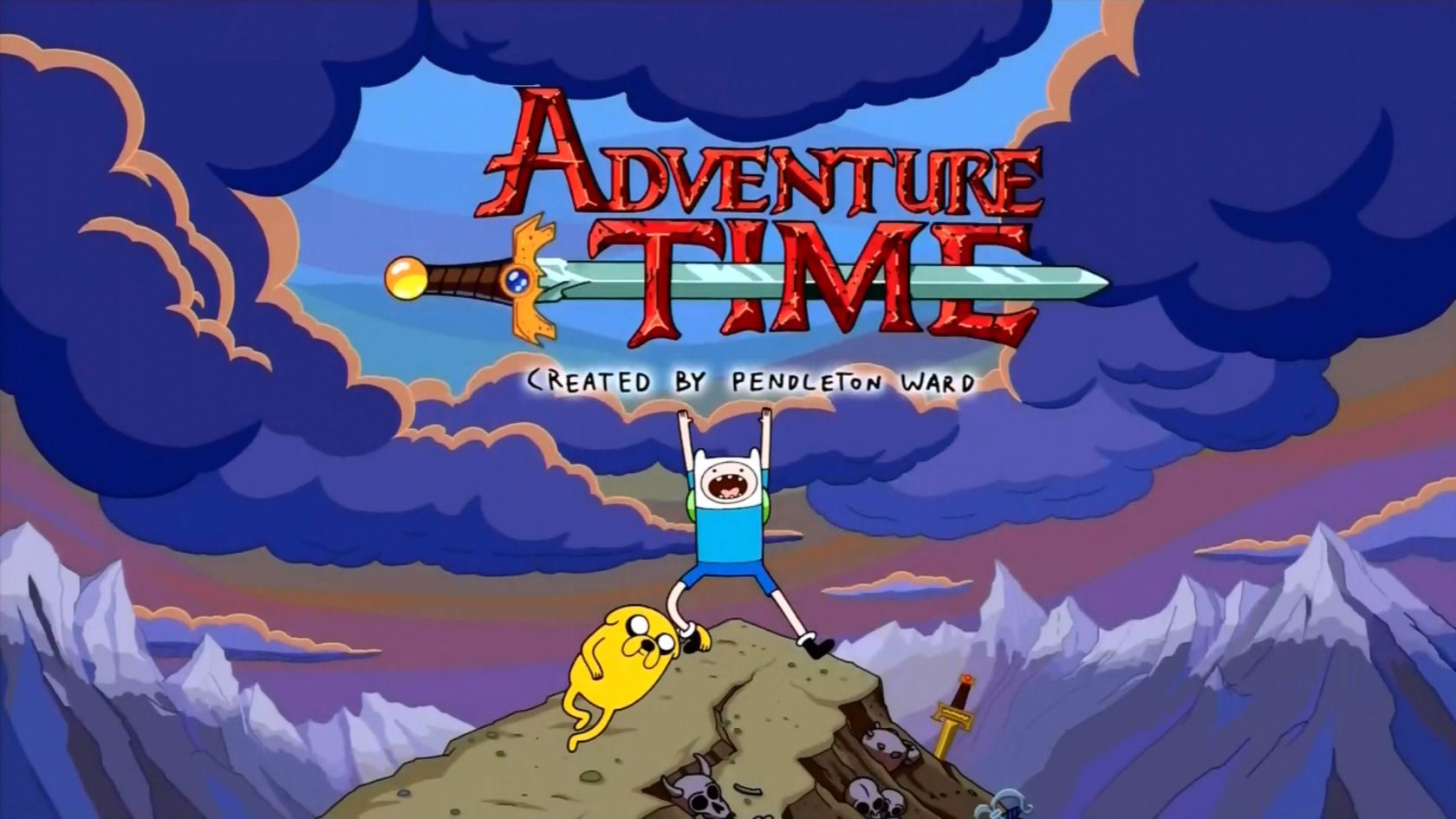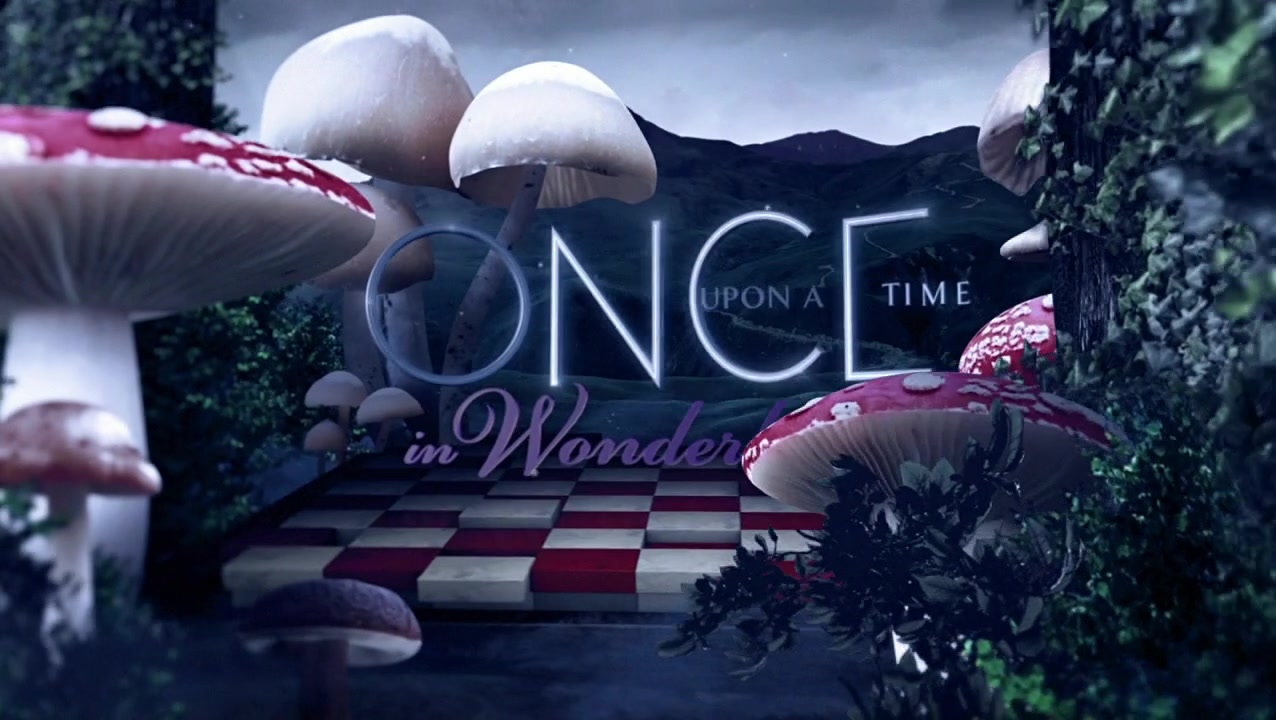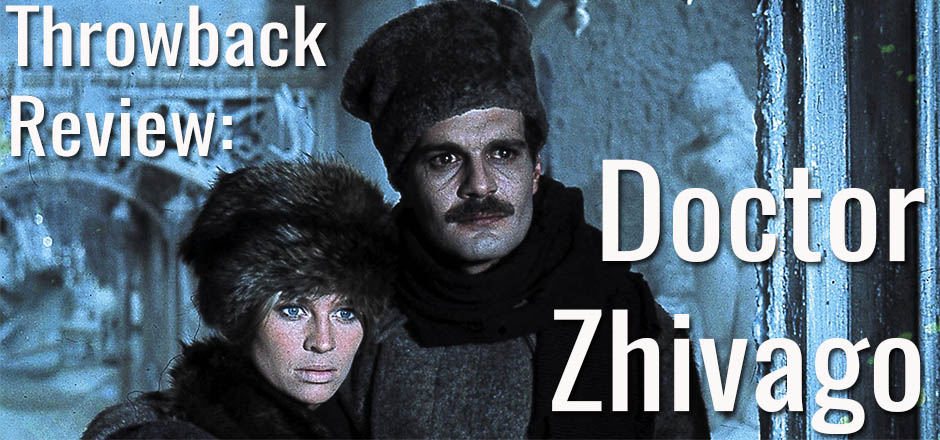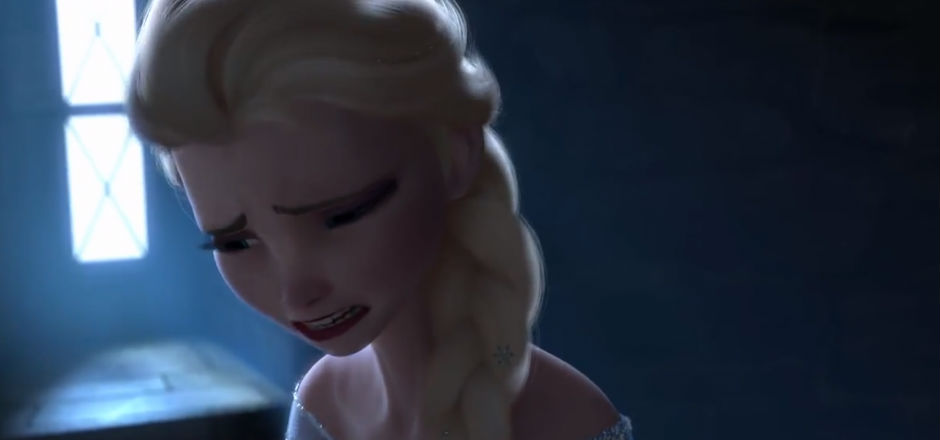Cartoons have never been just for kids, strictly speaking. In fact, some of the earliest cartoons, such as Mickey Mouse and Bugs Bunny, were occasionally used as war propaganda to indoctrinate both kids and adults. For its part, anime has been around long enough to be the main modern argument against the assumption that adults have no business watching animated shows, and of course, there’s always The Simpsons, anything Seth McFarlane has touched and the animated line-up of Adult Swim.
In spite of all that, these adult-oriented animated shows are not exactly the first thing to pop into our heads when we hear the term “cartoons.” What usually follow that thought are images from the seemingly innocent shows we watched as kids. As much as we’d like to argue to the contrary, the truth is that cartoons are associated in our heads with the animated shows of our childhood. Most of us probably discovered both anime and the adult cartoons later on in our lives, probably sometime after associating the idea of cartoons with Captain Planet, Tom and Jerry and The Flintstones.
That’s not to say that those traditional cartoons didn’t have mature content of their own aimed directly at adults. Re-watching some old episodes of your supposedly innocent childhood cartoons as an adult is bound to reveal quite a few jaw-dropping innuendos that completely flew over our heads as kids, but those were secret winks for adults, a bit of spice added for the entertainment of whoever had to bear the show with the kids and wasn’t interested in who was behind the mask haunting the abandoned house or whatever crazy scheme Wile E. Coyote would come up with next to try – and undoubtedly fail – to catch the Roadrunner.
But mainstream cartoons have changed quite a lot since then, and not only in style, animation and storytelling. It’s not so much that the shows are more open and mature with their content, but now they can be equally enjoyed by kids, young adults and adults alike because their humor has evolved to appeal to the interests of many different age groups.
Shows like Adventure Time, Regular Show and The Amazing World of Gumball, to name a few, were created initially to appeal to young adults. Their content is a lot more mature, the dialogues are riddled with seemingly random phrases that emulate the ones used by teens today, and the humor relies far more on incoherence and absurdity that slapstick alone, not to mention that, contrary to many other cartoons, these shows tend to have a continuity between the episodes that might escape notice at first, but clearly indicates the existence of an ongoing storyline.
Not long after Adventure Time aired as a series in 2010, it quickly became evident that the appeal of the show wasn’t centered on their target demographic. Small kids and adults also felt drawn to the show’s simple but colorful and original art and the irreverent and random humor of the cartoon. It didn’t take long for Adventure Time to become the most popular show in Cartoon Network, the symbol of the entire channel, and also the forerunner of what modern cartoons would soon become.
![Cartoon Network's [ adult swim ] is a long-running example of animated programming that's decidedly not for kids.](https://girlsincapes.com/wp-content/uploads/2014/04/adultswim-1024x341.jpg)
Cartoon Network’s [ adult swim ] is a long-running example of animated programming that’s decidedly not for kids.
By comparison, the difference with cartoons like Adventure Time is that, while it cannot be denied that a mature, hidden joke does slip past the censors every now and then, the show’s brand of subversive humor is consistent throughout the series and seems to be appreciated by many age groups without polarizing any of them.
Moreover, the show doesn’t shy away from tackling situations and hard topics openly in their storyline. In older cartoons, sad events unfolded and hard situations were discussed, but they used to take place in the background for the adults to understand while the focus remained on the comedy for the children.
For its part, Adventure Time apparently has no qualms with showing front and center different situations that might have a heavy emotional impact on the audience. We have witnessed the characters struggle with abandonment, isolation and rejection; acceptance, self-image and self-esteem; fears and phobias; friendships, family problems, romance and desire (there’s even an episode that clearly implies homosexual desire between Princess Bubblegum and Marceline the Vampire Queen, and let’s not forget the interspecies marriage between Jake the Dog and Lady Rainicorn which produced a litter of mixed-raced puppies/rainicorns); their own morality, particularly when it comes to the Ice King; and there’s even an episode that clearly puts forward the concept of consent.
While perhaps some of these are escaping the children’s notice, they are not being distracted from the main ideas behind the episodes and are, in some way or another, internalizing these lessons and understanding them as they grow older, even if all they see at first is the lighthearted atmosphere, the butt jokes and Finn the Human’s unbeatable optimism and bravery.
In a similar fashion, other shows in the same vein of humor, like Regular Show and The Amazing World of Gumball, have placed their characters in the most absurd and random situations in order to get them to deal with surprisingly profound and emotional issues that are not entirely covered by the lighthearted and subversive tone of the series. For example, in an episode of Regular Show, the whole world was being devoured by a computer virus that Rigby unleashed because he refused to give his brother a hug. To save their world, Rigby had to give his brother a hug, which meant that he would confront and get over his inferiority complex, apologize for his ridiculous competitive streak with his brother, and finally admit that he loved his brother and that the whole problem was in his head.
It’s not that these shows don’t gloss over their mature content, but rather that they build their stories around them with an honesty and simplicity that appeals to a greater audience than most cartoons.
It would be easy to attribute Adventure Time’s colossal success to the subversive, random humor and goofy art, but the truth is that the appeal of this particular series, like other similar shows, goes a bit deeper than that. The characters are really easy to sympathize with because they are surprisingly complex and have to brave situations that are not limited to children but expand to even the adult experience. Behind the apparent randomness and lightheartedness of the show, there’s a very appealing complexity that goes along beautifully with it.
While cartoons have never been just for kids, modern animated shows have provided a reason for many different age groups to stick to mainstream shows and not always turn to cartoon sub-genres to find something that appeals specifically to their age.
Lorraine Acevedo Franqui writes for Girl In Capes from Puerto Rico and holds degrees in English Literature and Psychology. Her main interests are young adult lit, anything related to The Legend of Zelda and Kingdom Hearts, assorted shounen mangas and cats.






